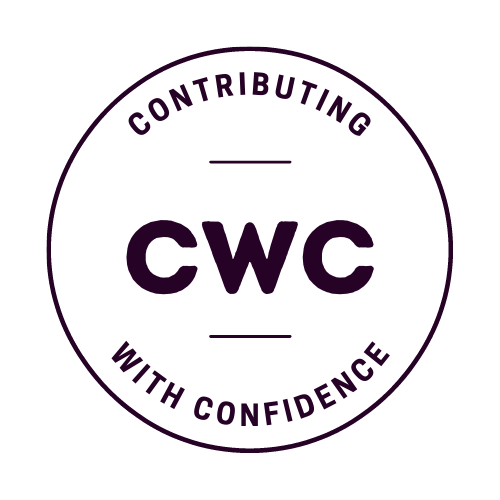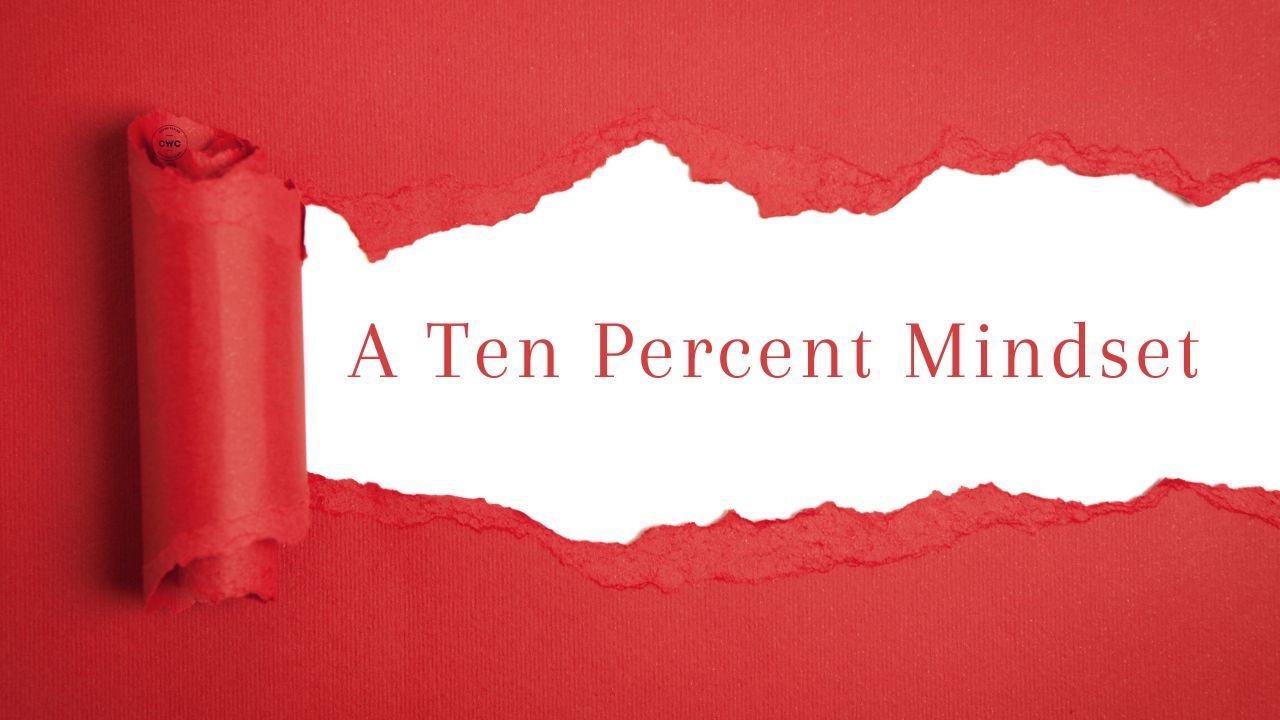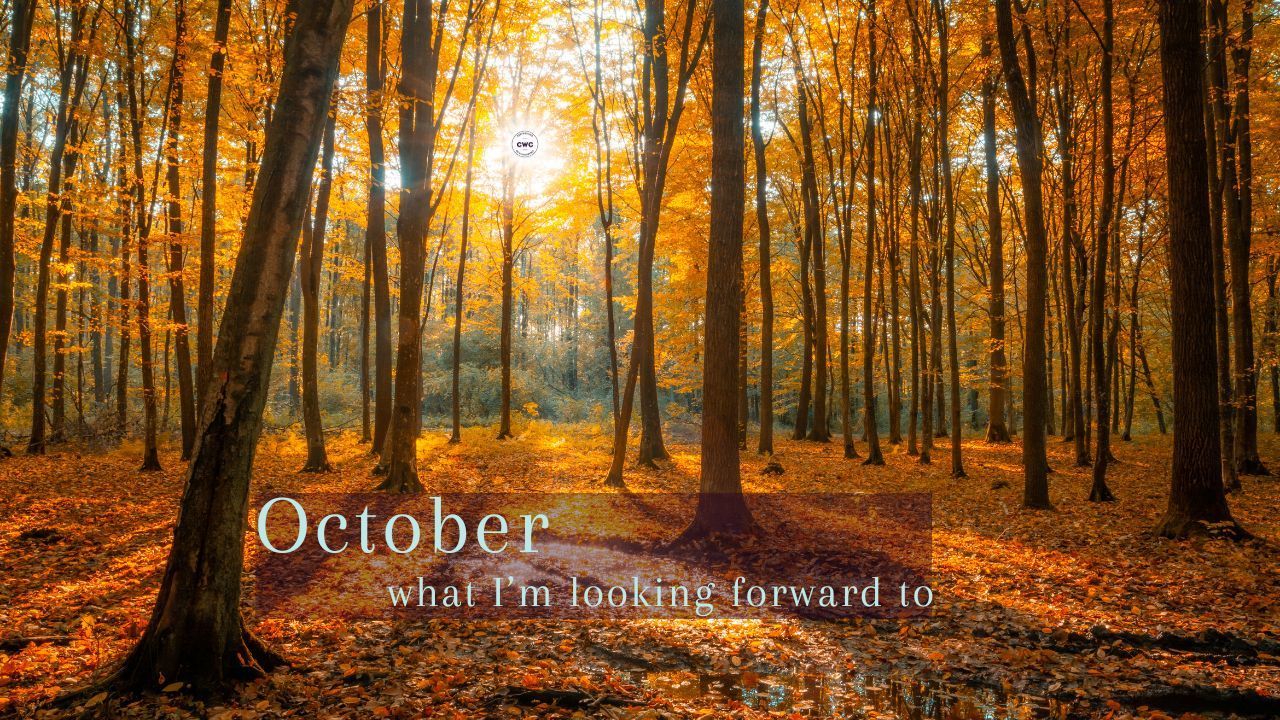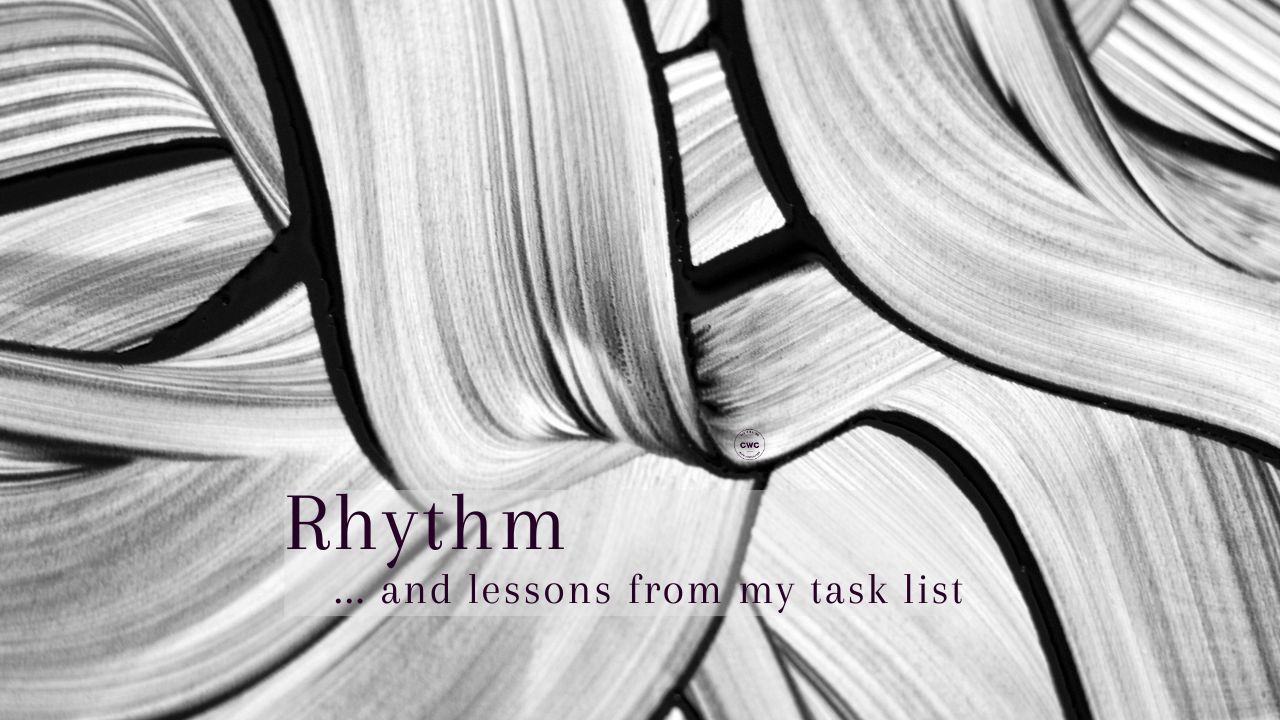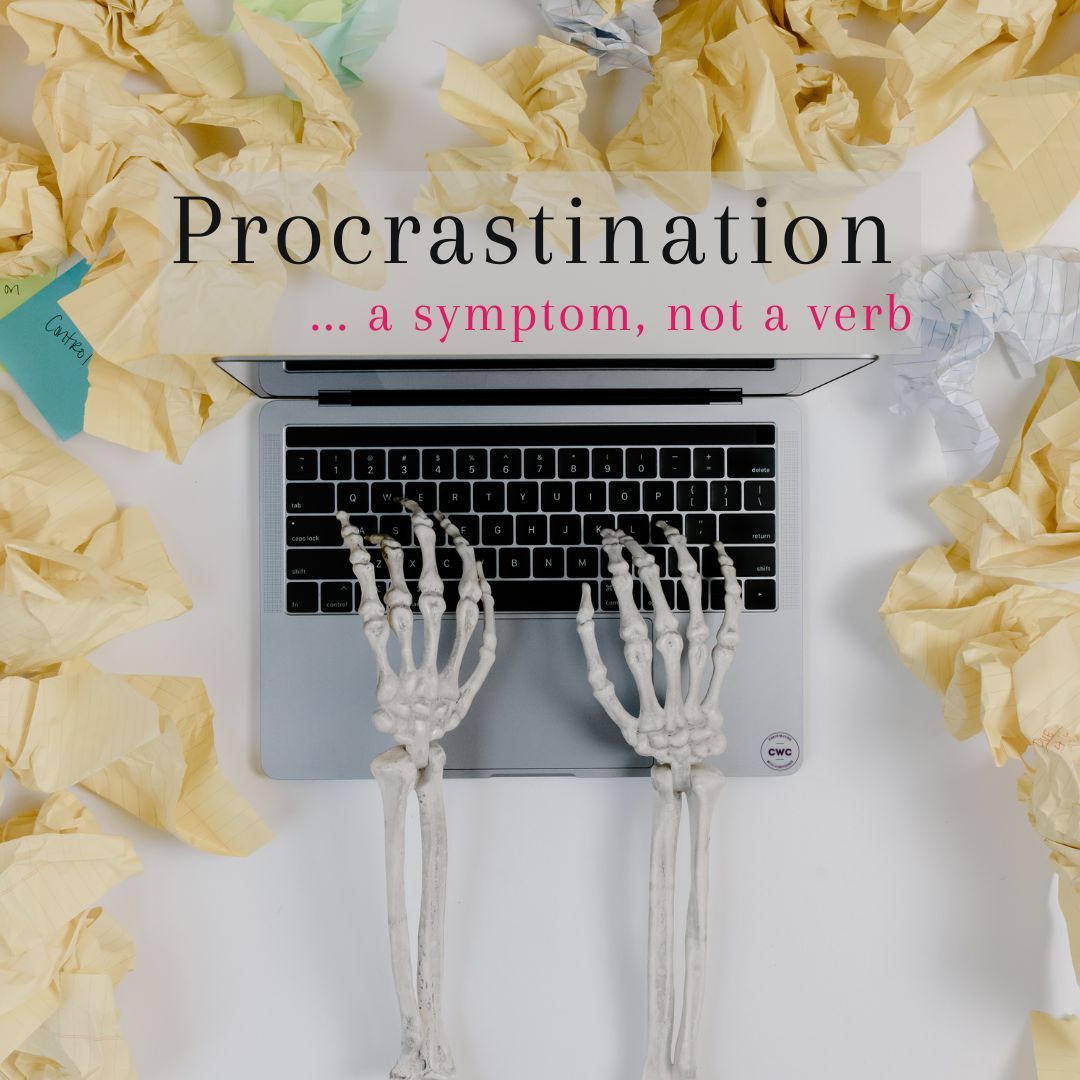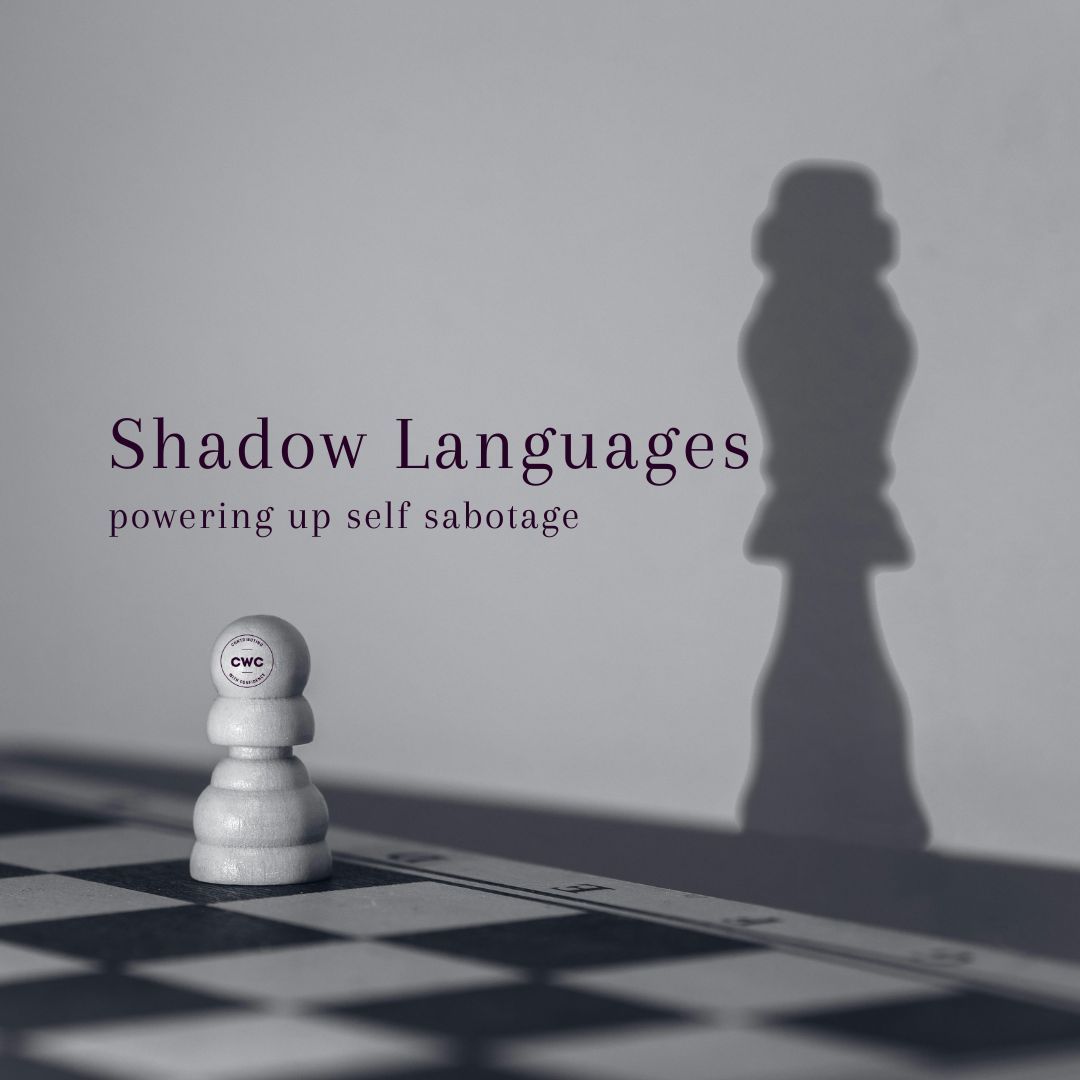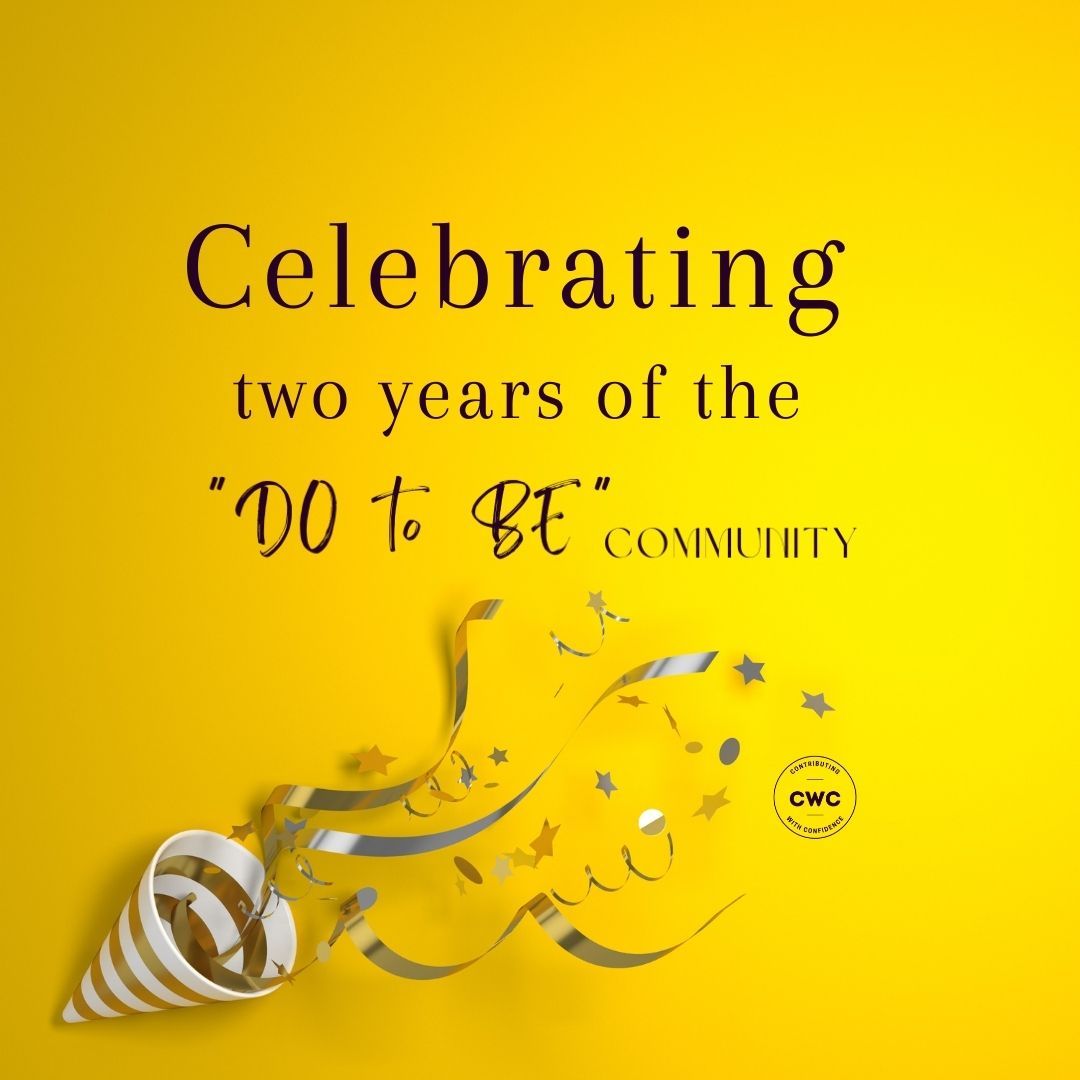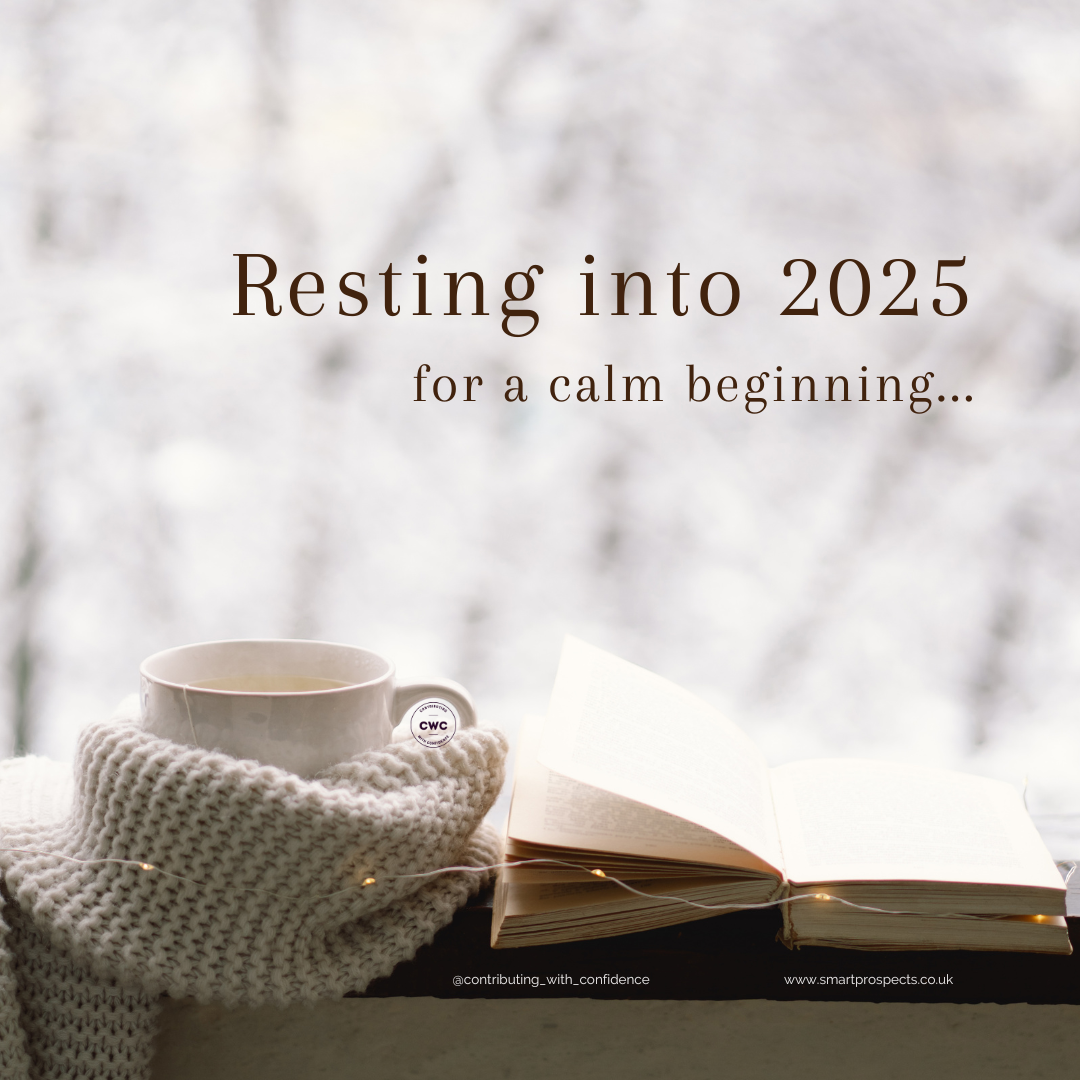Vitality in real working life
... and what Gavin & Stacey can teach us about it
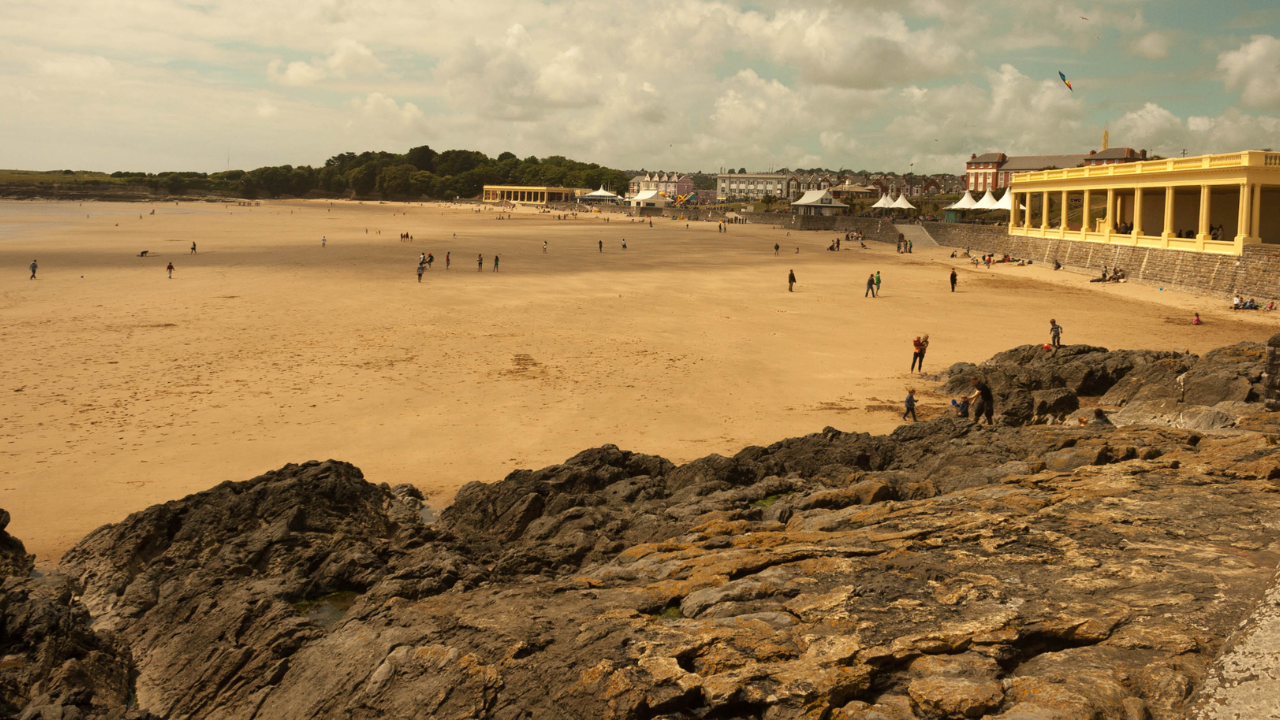
Is something off the telly real? Well no. And yes. I’m not talking about the story so much, although in a kind of pleasing meta (second level) way, it is there too. I’m talking about the work of creating Gavin & Stacey.
Did you watch the ‘Fond Farewell’ programme on New Year's Day? So much joy, laughter, pathos and love! If you didn’t, it’s on BBC iPlayer for January and I really recommend it – call it follow up research if you want, because there is so much to learn from it.
I recorded it and only saw it yesterday. I wasn't expecting what I saw - it has truly inspired me. About halfway through (I think when they were in bed together) it hit me, this is what working with vitality looks like in real life!
To recap on The Vitality Triangle, my working theory is that there is an art to working well; that if you want to be working sustainably, without fear of burnout, you need to be working with vitality. I believe this can be achieved if you, your work project and your business have Purpose, Capacity, and Connection (the three corners of the triangle). If you have all of those in place, then you will experience enjoyment and fulfilment as you work, and your confidence will grow.
I highlight this glorious piece of British TV as a great practical example to share with you. Why? Because vitality was sparkling through everywhere. An hour of people talking about and doing what they love. What can we see as we observe the cast and crew as they shoot the final scenes of a highly successful, seventeen year, life changing creative project?
Firstly there is clearly great connection. This group of people are a joy to watch as they interact. Now why is that? We spend a good part of the programme seeing them celebrating together, which is always an effective way to connect and re-connect, but there is more to it than that. How has this great connection developed over the years? They clearly adore the work, and they clearly adore one another. I don’t know them in real life, (and they are actors) but it looks like they are able to be authentically themselves in one another’s company. And they can clearly trust one another in the physicality of their work. But what else?
There is of course, purpose. The purpose of the show evolved from the initial inspiration and early ideas. It is not as Ruth Jones and James Corden (the then little known writers) originally envisaged at all. Someone they showed the script for a one hour one-off about a wedding rejected it, but instead asked for six 30 minute scripts based on the back story of the guests. That shift created important subject matter of the sort that became compelling for those who worked on it. The calibre of the cast and director was well above what might be expected for a little sitcom on BBC Three. There are wry smiles about the low level of pay on offer. When the purpose is right, money becomes secondary to fulfilment. When there is fulfilment, people’s capacity for doing the work multiplies in an almost infinite manner, and there is great appetite for it. Imagine feeling hungry to do your work…
Later on, James Corden is describing how the Christmas special five years ago nearly didn’t happen. The turning point was connecting it back into its purpose. When James and Ruth are writing, they will search for the right words according to the characters and read the lines in the voices of the characters. It works.
There is purpose too in the leadership, you can see it in the shared appreciation in the words shared in Barry, on set and during those last evening drinks. That phone call where Ruth is being Gavin is priceless! I could go on…
We see Ruth and James writing together in a couple of settings, including a nice hotel. They create good conditions for writing, including (and vitally important) resting between sessions. And later we see them in their transport going to the last day of shooting. Despite the flowing good cheer the previous evening, they are up early, devoted and dedicated to doing their jobs well.
There’s a final nugget to be gleaned from this ‘fond farewell’; the art of leaving well. The clue is there in the greeting ‘farewell’, an ancient instruction wishing people well as they go on their way. It’s something that actors do regularly because their projects are often short, but it is important to leave well, with both appreciation and closure, a special kind of graceful exit. We see ‘leaving well’ both with the people who work on the project, but also with the Smithy and Nessa, the work of the project. We leave them at a specific point in their lives, a point at which is appropriate. We leave them well … and we will never, ever find out what happens next. And that is perfect.
Your assignment, if you choose to take it, is to (re)watch ‘Gavin & Stacey – A Fond Farewell’ and see what you notice about their vitality in action. Consider too what you can do in your working life to boost your appetite for your work.
What about your connections, situations and settings? What do you need more or less of? For many of us living in the post-COVID age, we’re still weak in our connection area. If you want a guide and some ideas, I’ve got a free workbook to help you get more intentional with who you are (and aren’t) connecting with in 2025.
_______________
Useful links:
The Free 'Purposeful Community' Workbook
The full article on The Vitality Triangle and here's the one on Avoiding Burnout
Want to get a handle on your vitality? Check it now with my quick Vitality Quiz
